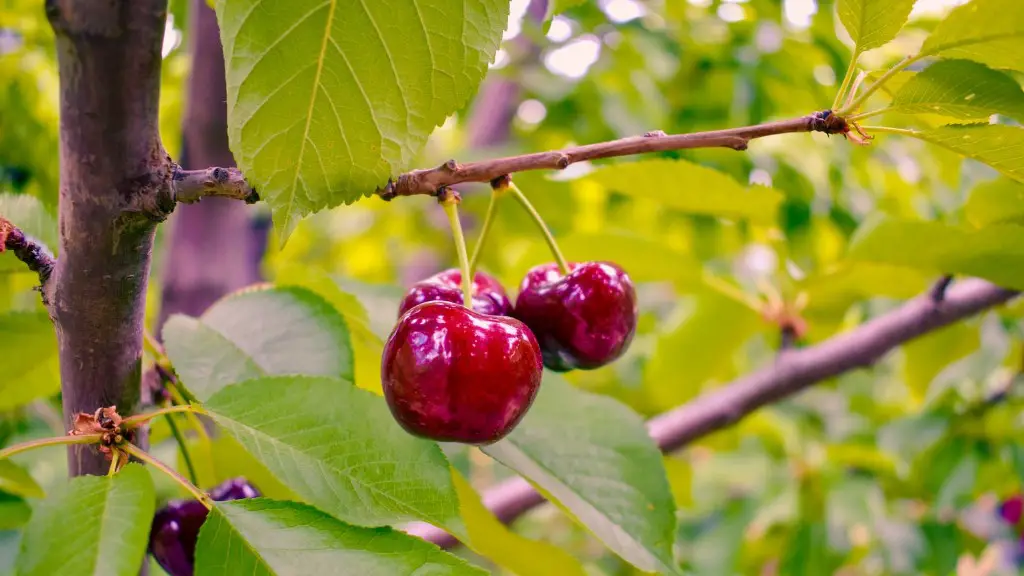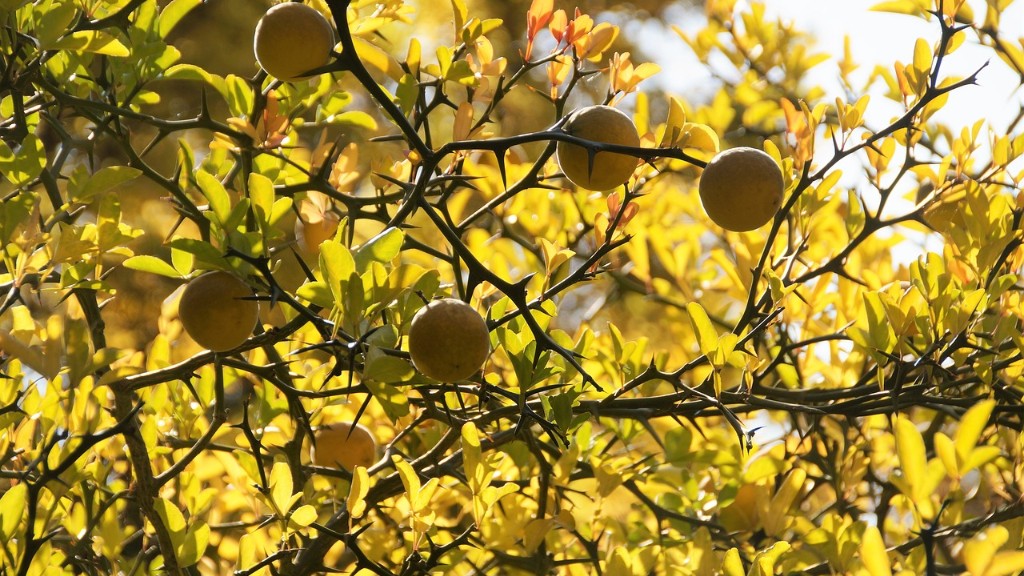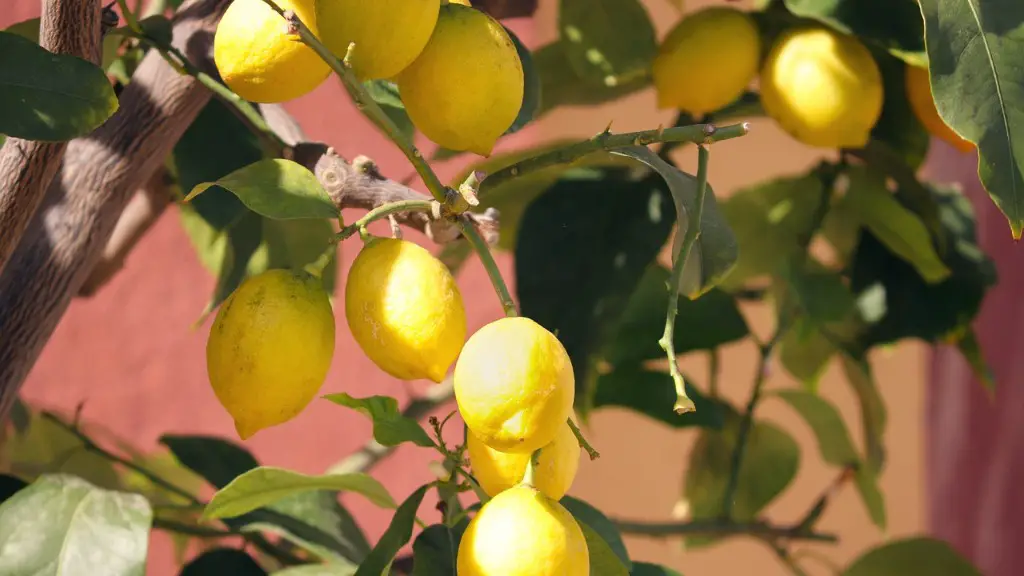Growing a cherry tree from cuttings is a straightforward process that requires minimal effort and provides greater success in growing a healthy tree compared to planting nursery stock. In this guide we provide you with all the information needed to care for the cuttings, and the steps that must be taken from selecting to growing a cherry tree from cuttings.
When selecting the perfect branch for cutting, you need to look for a branch that is about four to seven inches long, healthy, disease and pest free, and at least a year old. When harvesting the cutting, use a pair of hand pruners or saw and cut the branch at a 45-degree angle. When placing the cuttings in the potting soil, make sure to leave an inch or two of tips sticking out from the soil.
Once the cutting has been placed, it’s time to give them some water. Make sure to water the soil where the cutting has been set, rather than giving a strong spray of water on top of the cutting. Giving a light mist on the foliage of the cutting can also be helpful in the growth process.
Introducing some warmth will be beneficial to the cuttings. Wrap the pot with a plastic bag and place in an area that is protected from direct sunlight and protected from strong winds. If you don’t have access to sunlight, you can provide a heated mat for the pot. This will increase the root development of your cherry tree cuttings.
Light fertilization will help to promote growth, and you should wait at least three weeks after setting your cutting before introducing any type of fertilizer. Select a fertilizer that is specifically labelled for cuttings, and gently apply it according to the directions on the package. You may also need to give your cuttings extra protection from insects, fungi, and other pests, and you can do this with an insecticide.
Take the time to check for signs of rooting. Depending on the environment, the cherry tree cuttings will take between three to six months to root. Once the cutting has started to root, move it to an area that receives plenty of sunlight and has light to moderate wind, and be sure to constantly monitor moisture levels.
It is especially important to check for any problems that may occur and act quickly in order to prevent any further damage from affecting the cutting. This may include checking for excessive amounts of humidity, or the presence of a virus or bacteria. If you notice any signs of root rot, be sure to take steps immediately to protect the cutting.
How To Prepare The Soil
When growing a cherry tree from cuttings, you want to ensure that the soil is optimal for the tree. Select a soil mixture with plenty of organic matter, such as compost or peat moss and mix it with regular grocery store potting soil in equal parts. This will give the cuttings plenty of nutrient-rich soil.
If you are growing more than one cutting in a pot, make sure to give it plenty of room. Use a pot with a minimum depth of six inches and fill it with a soil mixture. To keep drainage optimal, add small rocks in the bottom of the pot and make sure to water it when the top inch of soil feels dry.
Cuttings need to be taken from a virus free cherry tree, as the virus can spread quickly through the cuttings. If you are unsure about the health of your cherry tree, take the time to take cuttings from a few different plants and propagate them. This will increase your chances of having a healthy plant next spring.
Take caution when handling the cuttings as they are delicate and can be easily damaged. Make sure to remove any leaves and buds before placing the cuttings in the soil.
How to Protect The Tree
Once your cherry tree cuttings are rooted, there are still steps that must be taken in order to ensure the health of the tree. For starters, proper watering is essential. It’s best to water your newly rooted cherry tree in the evening, as this will help to reduce evaporation and give the tree more time to absorb the water.
In areas of extreme heat or cold, protection from the elements is necessary. During winter months, a frost cloth may be necessary to help protect the roots from the cold weather, and during the summer months, a shade cloth can help to give the tree some protection from the sun. It’s also important to monitor for signs of pests and diseases and take appropriate steps should any appear.
In some cases it may be necessary to stake your tree, as this helps to keep it upright and stable. Be sure to use ties that are soft enough to avoid damaging the trunk or branches and to check them regularly to make sure they are still secure.
Regular Maintenance
Once you have successfully grown your cherry tree from cuttings, regular maintenance is necessary to keep the tree healthy and to maximize its potential. An annual pruning will help to shape the tree and promote new growth, while applying a fertiliser in early spring and late summer will help to keep the trees’ growth steady.
Weeds will also need to be addressed throughout the growing season and you should use a grass trimmer to cut any grass that may be growing too close to the tree. You will also need to monitor for signs of pests and diseases and take action as soon as possible.
Harvesting Fruits
Once your cherry tree has been growing for a few seasons, it should be producing edible fruits. When it comes to harvesting the fruits, it is important to understand when the fruits are ripe. Normally ripe cherries will have a deep purple or red colour and the fruit should easily come off the tree with a slight twist.
If the fruit does not come off the tree easily, it is likely unripe and more time should be given before harvesting. After harvesting the cherries, you can enjoy them right away, store them in the refrigerator, or freeze them for later use.
Tips For Success
Growing cherry trees from cuttings is a great way to produce large amounts of fruit in a short period of time, and with the right steps taken, you can have a large cherry tree in no time. Here are a few tips that can help ensure that your cherry tree is thriving:
- Water regularly, but don’t over water
- Make sure the soil is properly prepared
- Harvest the fruits when they are ripe
- Monitor for signs of pests or diseases
- Protect the tree from extreme weather
- Provide regular fertilisation
Troubleshooting
There are a few common problems that can occur when growing cherry trees from cuttings. If you are having difficulty with your cherry tree and it seems to be unresponsive, there a few things that could be the problem and should be taken into consideration:
- Lack of water or over watering
- Insufficient or too much sunlight
- Applying too much or too little fertilizer
- Diseases or pests
- Incorrect pruning techniques
- Sudden changes in environmental conditions
Once you have identified the cause of the problem, you can take the necessary steps to treat it. If all else fails, it may be necessary to start the process over again and take cuttings from healthier plants.




